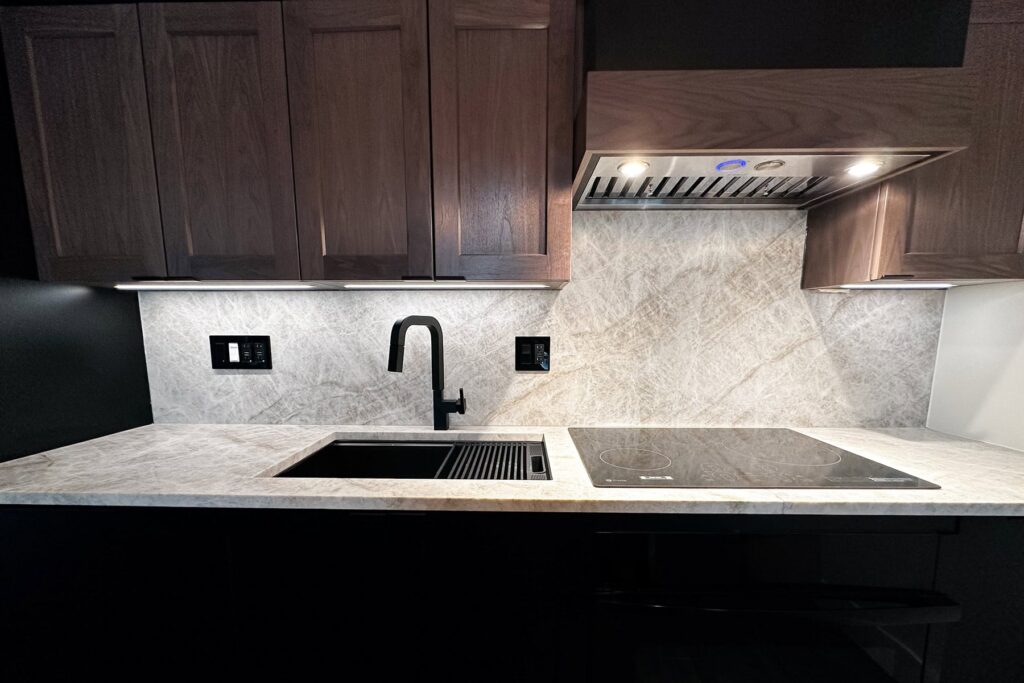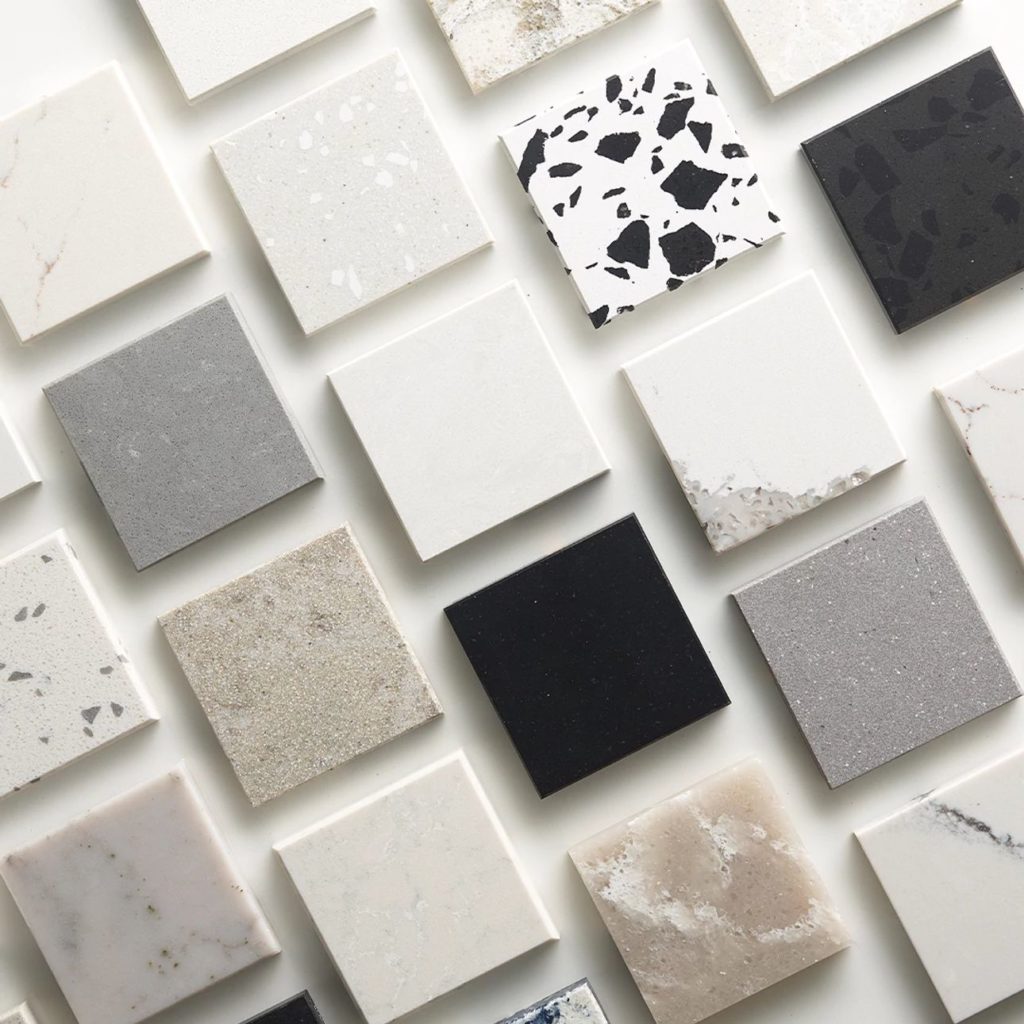
While the trends for 2021 lean towards slabs and larger tiles for backsplashes, we still find beauty in mosaic tiles and art. It can be a bit overwhelming trying to decipher what defines a mosaic tile, so we’ll be breaking it down in this post.
Traditionally, a mosaic is a decorative design or work of art made up of small materials to create a pattern or image. Mosaic is an ancient art form dating back centuries. They are often used as floor and wall decoration and were particularly popular in the Ancient Roman world. Mosaic today can include indoor and outdoor decorative structures, as well as murals, artworks, and hobby crafts.
Where do mosaics come from? Based on excavations done, we have evidence that glazed tiles originated around 1500 BC. The earliest known examples of mosaics made of different materials were found at a temple building in Mesopotamia and consisted of pieces of colored stones, shells, and ivory. Mosaics with patterns and pictures became widespread in classical times, while early Christian basilicas were decorated with wall and ceiling mosaics around the 4th century. Figurative mosaics were widely used on religious buildings and palaces in early Islamic art. They went out of fashion in the Islamic world after the 8th century, except for geometrical patterns, which remained popular in many areas. It was during the Byzantine Empire that mosaic art really flourished; the tradition was adopted by communities from around the world. Mosaic fell out of fashion in the Renaissance, though artists like Raphael continued to practice the old technique.
As far as tiles go, a mosaic is defined as an inlay design pattern with tiles smaller than 2×2”. Individual mosaic patterns can be limitless with the number of materials, colors, and tile shapes available. Popular materials include glass, natural stone, and porcelain. Available shapes and styles include square, arabesque, hexagon, herringbone, and so much more. Other examples of mosaics include etched stone, hand-painted stone, medallions, and waterjet mosaics.
So, how would you incorporate mosaics into your own home? There are plenty of options, but probably the most popular indoor use is in the bathroom. For the bathroom, mosaic tiles are often seen on the walls, but they’re also great to surround your shower or bathtub with. Glass is a common material for both since it’s easy to clean, but metal or stone can also add a dramatic effect. You can also add tile to flooring, though this is pretty uncommon to see considering most mosaic materials can be slippery. If you are interested in mosaic flooring, it’s smooth, but you shouldn’t slip on the surface.
Another popular place for designs to make an appearance is in the kitchen. Mosaics are most commonly added as a backsplash, but you may also notice it on the wall of a center island. Both applications make beautiful focal points, but should be mindful about messes and spills. Mosaic flooring is not recommended for the kitchen due to its varying surface levels. This is also true for countertops.
Mosaics are also a wonderful décor option for outdoor spaces. You can liven up your garden, patio, or other backyard areas with this form of art. Pathways are a great option, with natural stone and colored glass mosaics being two very popular choices. You can also bring some color to your patio with some mosaic-covered furniture, like bistro tables and chairs. This can be bought pre-made or can be a fun DIY project. When you think of mosaics outdoors, however, pools are probably one of the first spaces that come to mind. It’s easy to get creative and create a variety of designs that look stunning underwater. This also will help to add depth and texture to your pool.
Mosaics can add a unique, one-of-a-kind look to your home and make you stand out from the crowd. However, keep in mind that depending on trends, mosaics can change the overall value of your home. It’s best to go with a timeless look, but of course, you should always stay true to yourself and your style preferences. As a tip, natural stone tiles tend to hold on to value better than other materials. It’s also more durable than glass tile, which can scratch easily, and ceramic tile, which can absorb water easily.
Next time you’re looking to renovate, consider incorporating mosaics into your room! For our next blog post, we’ll provide some design inspiration for you to incorporate at home, as well as our new arrivals of our quartzite countertops in Chicago.
References:
https://en.wikipedia.org/wiki/Mosaic
https://artsaics.com/different-types-of-mosaic-tiles/

